Geordie Rose
Building and Testing a General Intelligence Embodied in a Humanoid Robot
Jul 26, 2023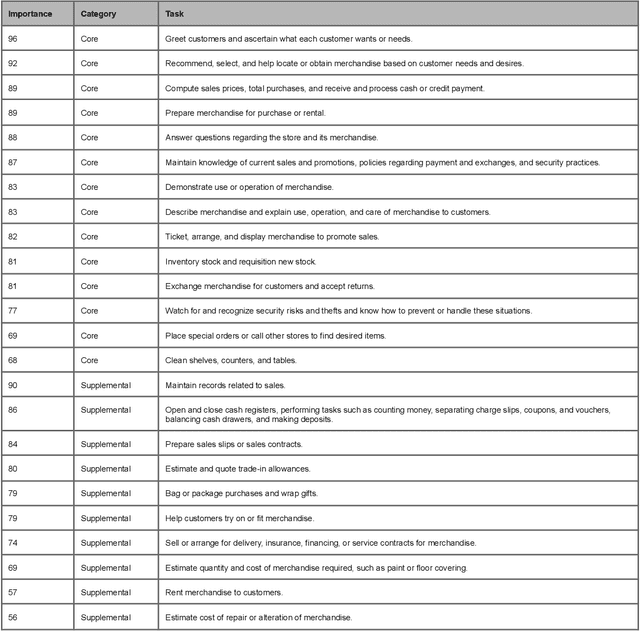
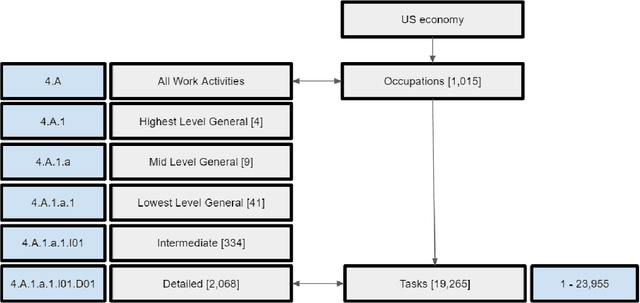
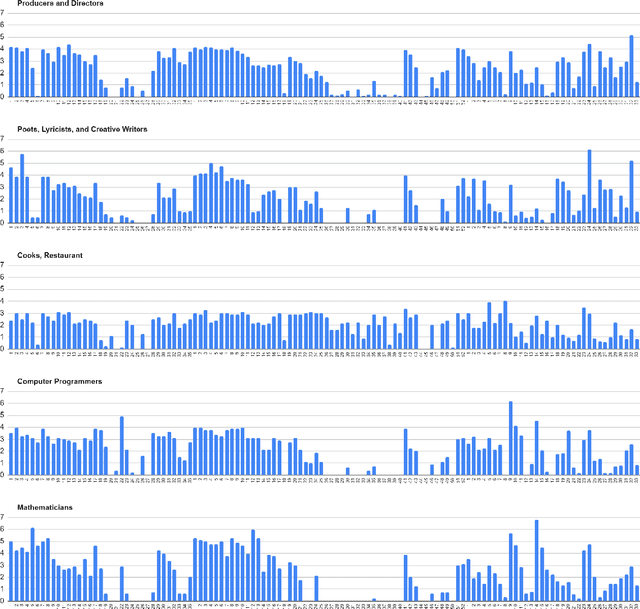
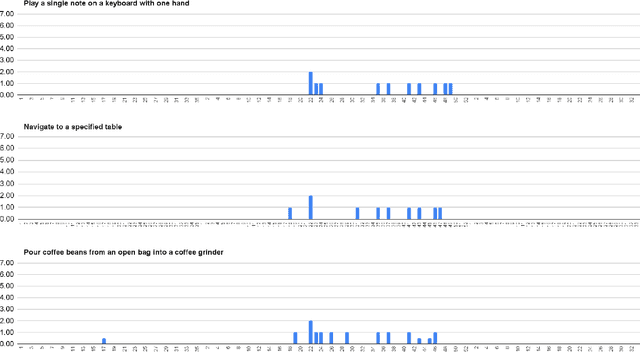
Abstract:Machines with human-level intelligence should be able to do most economically valuable work. This aligns a major economic incentive with the scientific grand challenge of building a human-like mind. Here we describe our approach to building and testing such a system. Our approach comprises a physical humanoid robotic system; a software based control system for robots of this type; a performance metric, which we call g+, designed to be a measure of human-like intelligence in humanoid robots; and an evolutionary algorithm for incrementally increasing scores on this performance metric. We introduce and describe the current status of each of these. We report on current and historical measurements of the g+ metric on the systems described here.
Training a Large Scale Classifier with the Quantum Adiabatic Algorithm
Dec 04, 2009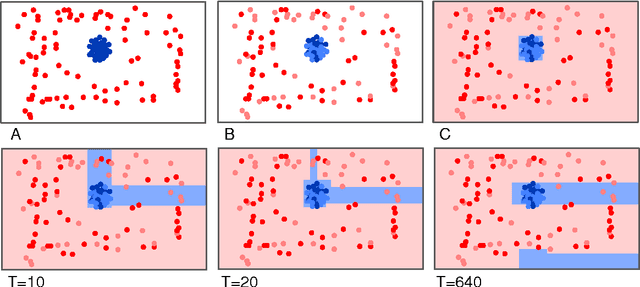
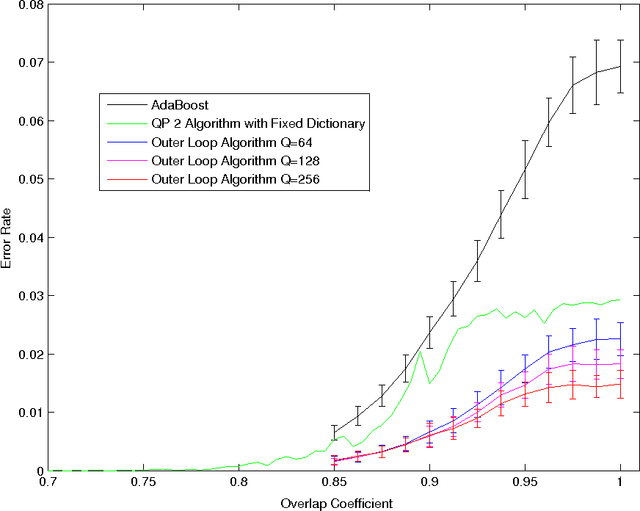

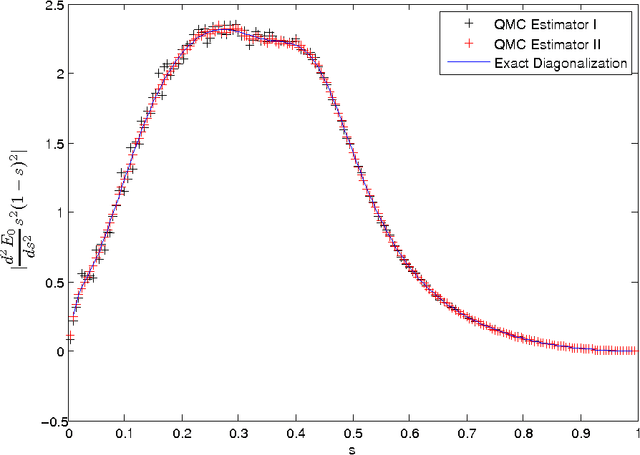
Abstract:In a previous publication we proposed discrete global optimization as a method to train a strong binary classifier constructed as a thresholded sum over weak classifiers. Our motivation was to cast the training of a classifier into a format amenable to solution by the quantum adiabatic algorithm. Applying adiabatic quantum computing (AQC) promises to yield solutions that are superior to those which can be achieved with classical heuristic solvers. Interestingly we found that by using heuristic solvers to obtain approximate solutions we could already gain an advantage over the standard method AdaBoost. In this communication we generalize the baseline method to large scale classifier training. By large scale we mean that either the cardinality of the dictionary of candidate weak classifiers or the number of weak learners used in the strong classifier exceed the number of variables that can be handled effectively in a single global optimization. For such situations we propose an iterative and piecewise approach in which a subset of weak classifiers is selected in each iteration via global optimization. The strong classifier is then constructed by concatenating the subsets of weak classifiers. We show in numerical studies that the generalized method again successfully competes with AdaBoost. We also provide theoretical arguments as to why the proposed optimization method, which does not only minimize the empirical loss but also adds L0-norm regularization, is superior to versions of boosting that only minimize the empirical loss. By conducting a Quantum Monte Carlo simulation we gather evidence that the quantum adiabatic algorithm is able to handle a generic training problem efficiently.
 Add to Chrome
Add to Chrome Add to Firefox
Add to Firefox Add to Edge
Add to Edge